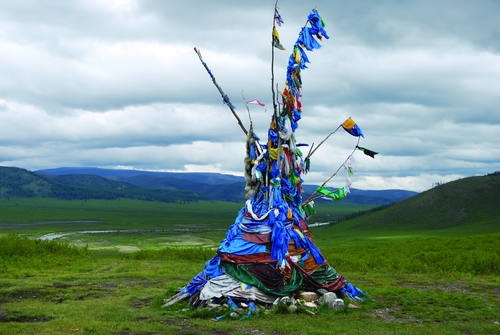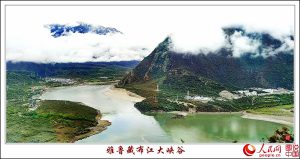24 new sites inscribed on UNESCO’s World Heritage List

TravelBizNews —
Bonn : The United Nations Educational, Scientific and Cultural Organization (UNESCO) World Heritage Committee concluded its annual meeting in Bonn, Germany, on July 8 after inscribing 24 new sites into the World Heritage List.The World Heritage Committee will hold its next session in Istanbul, Turkey, from 10 to 20 July 2016.
During this year’s session the Committee, chaired by Maria Böhmer, Minister of State at the German Federal Foreign Office and member of the Bundestag, inscribed 24 new sites on UNESCO’s World Heritage List and approved extensions to three existing sites. It also added three World Heritage sites to the List of World Heritage in Danger and took one off the that List.
During the session that opened on 28 June , the Director-General of UNESCO Irina Bokova, launched the global Unite for Heritage Coalition, designed to strengthen mobilization in the face of deliberate damage to cultural heritage, particularly in the Middle East.
The World Heritage Committee also adopted the Bonn Declaration which recommends that heritage protection be included in the mandate of peacekeeping missions where appropriate. It calls on UNESCO to enhance its international leadership in coordinating the response to the protection of heritage in the event of armed conflict or natural disaster according to a statement of WHC.
The Committee inscribed a new mixed, cultural and natural site, to the World Heritage List:
Blue and John Crow Mountains
Tusi sites (China)
Christiansfeld, a Moravian Church Settlement (Denmark)
The Par Force Hunting Landscape in North Zealand (Denmark)
The Climats, terroirs of Burgundy (France)
Champagne Hillsides, Houses and Cellars (France)S
Speicherstadt and Kontorhaus District with Chilehaus (Germany)
Susa (Islamic Republic of Iran)
Cultural Landscape of Maymand (Islamic Republic of Iran)
Necropolis of Beth She’arim—a Landmark of Jewish Revival (Israel)
Arab-Norman Palermo and the Cathedral Churches of Cefalú and Monreale (Italy)
Sites of Japan’s Meiji Industrial Revolution: Iron and Steel, Shipbuilding and Coal Mining (Japan)
Baptism Site “Bethany Beyond the Jordan” (Al-Maghtas) (Jordan)
Baekje Historic Areas (Republic of Korea)
Aqueduct of Padre Tembleque Hydraulic System (Mexico)
Great Burkhan Khaldun Mountain and its surrounding sacred landscape (Mongolia)
Rjukan-Notodden Industrial Heritage Site (Norway)
Rock Art in the Hail Region of Saudi Arabia
Singapore Botanical Gardens (Singapore)
Sites of Japan’s Meiji Industrial Revolution: Iron and Steel, Shipbuilding and Coal Mining (Japan)
Ephesus (Turkey)
Diyarbakir Fortress and Hevsel Gardens Cultural Landscape (Turkey)
Fray Bentos Cultural-Industrial Landscape (Uruguay)
The Forth Bridge (United Kingdom)
San Antonio Missions (United States of America)
The World Heritage Committee approved extensions to three sites:
Cape Floral Region Protected Areas (South Africa)
Routes of Santiago de Compostela: Camino Francés and Routes of Northern Spain [an extension of the “Routes of Santiago de Compostela”] (Spain)
Phong Nha – Ke Bang National Park (Viet Nam)
The following sites were added to the List of World Heritage in Danger
Hatra (Iraq)
Old City of Sana’a (Yemen)
Old Walled City of Shibam (Yemen)
Los Katíos in Colombia was taken off the List of World Heritage in Danger to which it had been added in 2009.
The new inscriptions bring to 1031 the number of sites inscribed in 163 countries on the World Heritage List accoding to UNESCO .
July 8, 2015














